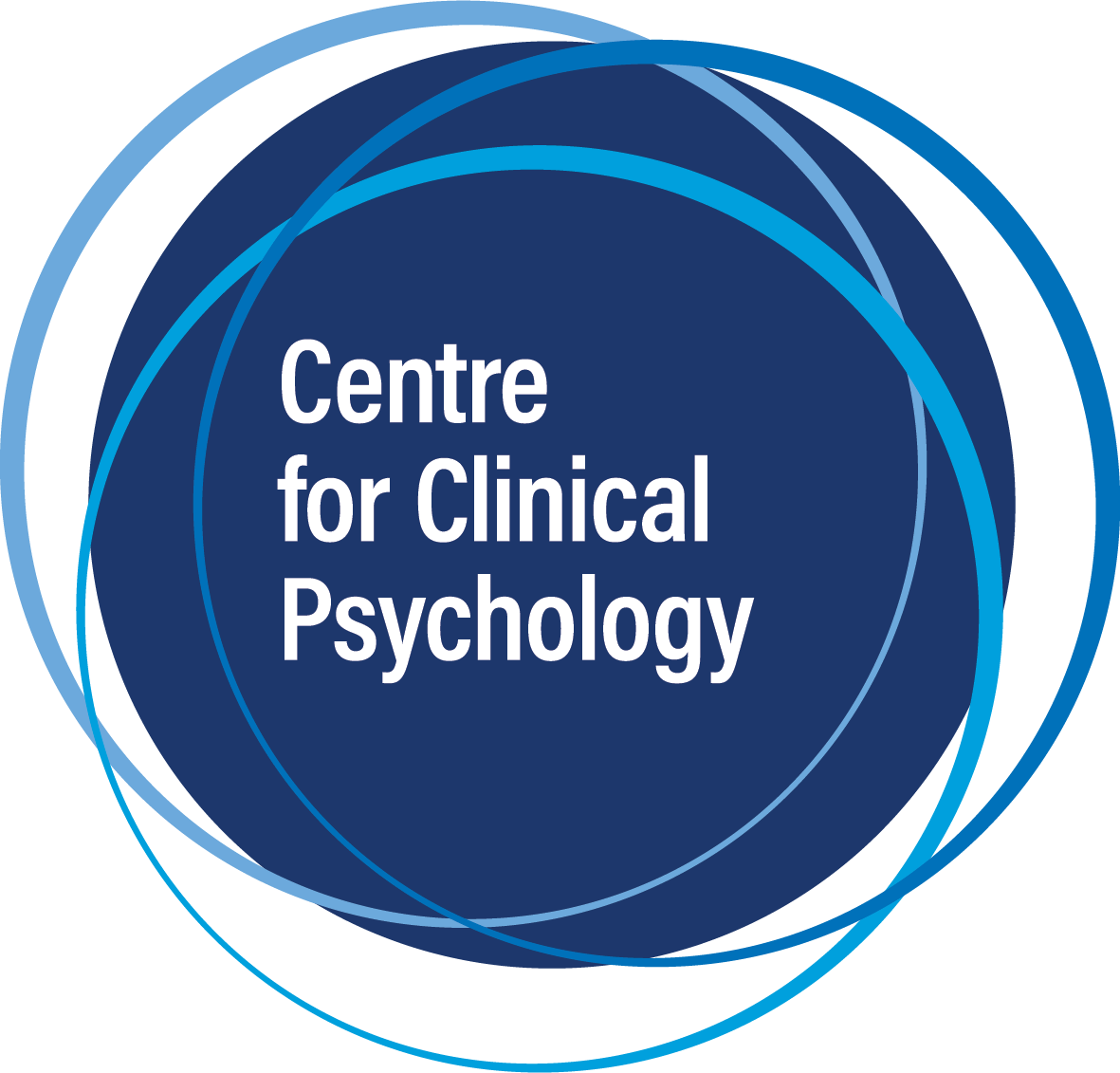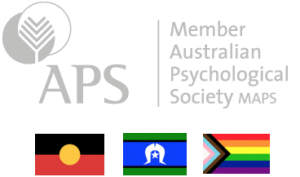What is Posttraumatic Stress Disorder (PTSD)?
Posttraumatic Stress Disorder (PTSD) is a mental health problem that can develop following traumatic experiences (such as threatened or actual – death, serious accident or sexual violation).
This might include directly experiencing a traumatic event; seeing this happen to someone else; learning about an actual or threatened traumatic death of a close friend or relative; or repeated exposure to distressing details of an event, such as a police officer repeatedly hearing details about child sexual abuse.
Distressing memories, feeling on edge or have trouble sleeping after this type of event is normal. Initially it may be hard to resume normal daily activities without these experiences interfering. However, most people start to feel better after a few weeks or months. If however, several months later someone is still experiencing these symptoms, it is possible that they have PTSD. The symptoms of PTSD however can also have a delayed onset, and they may ebb and flow over time depending upon other life events and circumstances.
How many people live with PTSD?
What factors affect who develops PTSD?
What are the symptoms of PTSD?
The symptoms of PTSD may occur soon after a traumatic event, or they may not appear until months or even years later. The symptoms may also come and go over many years. If the symptoms are present for more than four weeks and cause the person distress, or interfere with work or home life, it is worth consulting a psychologist to determine if the person has PTSD.
PTSD is a treatable condition, you do not have to live with a high level of symptomatology.
There are four types of symptoms of PTSD, but it is important to note that the relative mix of each symptom type varies between individuals.
(i) Re-experiencing or Intrusive Symptoms. This is repeatedly re-living the traumatic event. This can include frightening memories or nightmares. Sometime people feel as though they are experiencing the traumatic event again. This is called a flashback.
(ii) Avoiding situations, people and places that remind the person of the event. People with PTSD often try and control their feelings by avoiding things that might trigger memories of the traumatic event. People with PTSD may even avoid talking or thinking about the event.
(iii) Negative beliefs and feelings. Trauma affects the way a person thinks about themselves and the world in a negative way. People with PTSD experience more pronounced negative beliefs and feelings. Intense feelings of guilt and shame are common. After a traumatic event the world can suddenly seem dangerous and others untrustworthy. People often describe feeling numb, and can find it hard to feel happy, or simply lose interest in activities they used to enjoy.
(iv) Hyper-arousal (feeling worked up or agitated). People suffering from PTSD often describe feeling alert and constantly on the lookout for danger. Hyper-arousal can be associated with outbursts of anger or irritability, startling easily, or acting in impulsive or reckless ways (such as spending too much money, using alcohol and other drugs, or reckless driving) (7). High levels of arousal also tends to interfere with sleep and concentration.
What other problems do people with PTSD often experience?
People with PTSD may also have other difficulties. These can include:
- Feelings of hopelessness, shame, or despair
- Depression or anxiety
- Drinking or other drug problems
- Physical symptoms or chronic pain
- Employment related concerns
- Relationship difficulties
References
1. Australian Bureau of Statistics. (2008). National Survey of Mental Health and Wellbeing: Summary of Results,2007 (4326.0). Canberra: Australian Bureau of Statistics
2. Johansen, V. A., Wahl, A. K., Eilertsen, D. E., & Weisaeth, L. (2007). Prevalence and predictors of post-traumatic stress disorder (PTSD) in physically injured victims of non-domestic violence. A longitudinal study. Soc Psychiatry Psychiatr Epidemiol, 42(7), 583-593. doi: 10.1007/s00127-007-0205-0
3. Lin, K.-H., Shiao, J., Guo, N.-W., Liao, S.-C., Kuo, C.-Y., Hu, P.-Y., . . . Guo, Y. (2014). Long-Term Psychological Outcome of Workers After Occupational Injury: Prevalence and Risk Factors. Journal of Occupational Rehabilitation, 24(1), 1-10.
4. Simon, R. I. (1999). Chronic posttraumatic stress disorder: A review and checklist of factors influencing prognosis. Harvard Review of Psychiatry, 6(6), 304-312. doi: 10.3109/10673229909017208
5. Christiansen, D. M., & Hansen, M. (2015). Accounting for sex differences in PTSD: A multi-variable mediation model. European Journal of Psychotraumatology, 6, 1-10. doi: 10.3402/ejpt.v6.26068
6. Koenen, K. C., Stellman, J. M., Stellman, S. D., & Sommer, J. F., Jr. (2003). Risk Factors for Course of Posttraumatic Stress Disorder Among Vietnam Veterans: A 14-Year Follow-Up of American Legionnaires. Journal of Consulting and Clinical Psychology, 71(6), 980-986. doi: 10.1037/0022-006X.71.6.980
7. American Psychiatric Association. (2013). Diagnostic and statistical manual of mental disorders (5th ed.). Washington, DC: Author.

